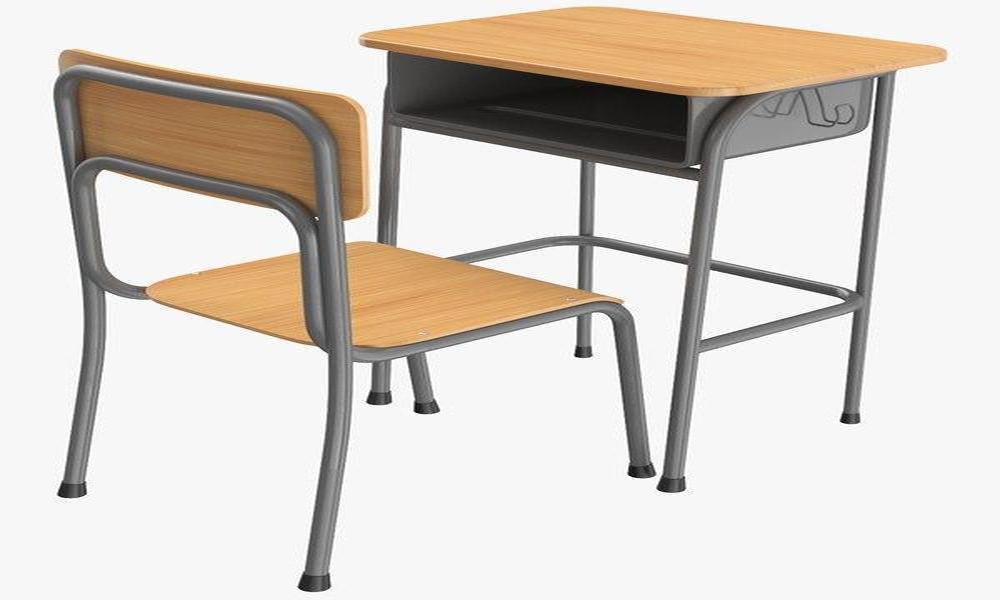Why Are Ergonomic School Desks Revolutionizing Classroom Learning?
Ergonomic school desks are designed with the human body in mind. They prioritize comfort and support, enabling students to maintain proper posture throughout the day. Gone are the days of slouching and backaches! These desks are adjustable, allowing students to find the perfect height and angle for their individual needs. By promoting proper spinal alignment, ergonomic school desks contribute to better overall health and increased concentration.
But the benefits don’t stop there. These school desks also foster collaboration and creativity. With their adaptable features, students can easily rearrange their desk setups, forming interactive group configurations. This encourages teamwork and communication skills, essential for success in the modern world. Gone are the days of fixed, isolating desks that hindered social interaction. Ergonomic school desks provide a dynamic and inclusive learning environment.
Furthermore, ergonomic school desks integrate technology seamlessly. Many models come equipped with built-in charging ports and cable management systems, eliminating the hassle of tangled cords. Students can effortlessly connect their devices, fostering digital literacy and preparing them for the tech-driven future. These desks embrace the digital age and enhance the integration of educational technology into the classroom.
In terms of aesthetics, ergonomic school desks boast sleek and modern designs. Their clean lines and vibrant color options make them visually appealing, enhancing the overall ambiance of the learning space. These desks contribute to creating an attractive and inviting environment that inspires students to engage actively in their studies.
How Can Flexible Seating Options Transform Classroom Dynamics?
Gone are the days when students were confined to rigid chairs and desks in classrooms. The concept of flexible seating has gained immense popularity in educational settings, offering a myriad of benefits for both students and teachers. But what exactly is flexible seating, and how can it transform classroom dynamics? Let’s explore the captivating impact of this innovative approach to learning environments.
Flexible seating refers to a classroom setup that provides students with a range of seating options, such as bean bags, standing desks, wobble stools, floor cushions, and even exercise balls. The idea behind flexible seating is to empower students by allowing them to choose the seating arrangement that suits their individual learning style and preferences. By providing freedom of choice, flexible seating promotes a sense of ownership and autonomy among students, fostering their engagement and motivation.
One of the significant advantages of flexible seating is its positive impact on student behavior. When students have the opportunity to move around and select a seat that best supports their concentration, they are less likely to feel restless or confined. This reduction in restlessness leads to increased attentiveness and improved classroom behavior. Moreover, flexible seating encourages students to take responsibility for their behavior, as they understand the direct correlation between their actions and their learning environment.
Another notable benefit of flexible seating is its impact on collaboration and social interaction. Traditional desk-and-chair setups often restrict communication and hinder cooperative learning. In contrast, flexible seating arrangements enable students to form small groups, engage in peer-to-peer discussions, and collaborate more effectively. This fosters teamwork, communication skills, and the development of positive relationships among students. By breaking down physical barriers, flexible seating

